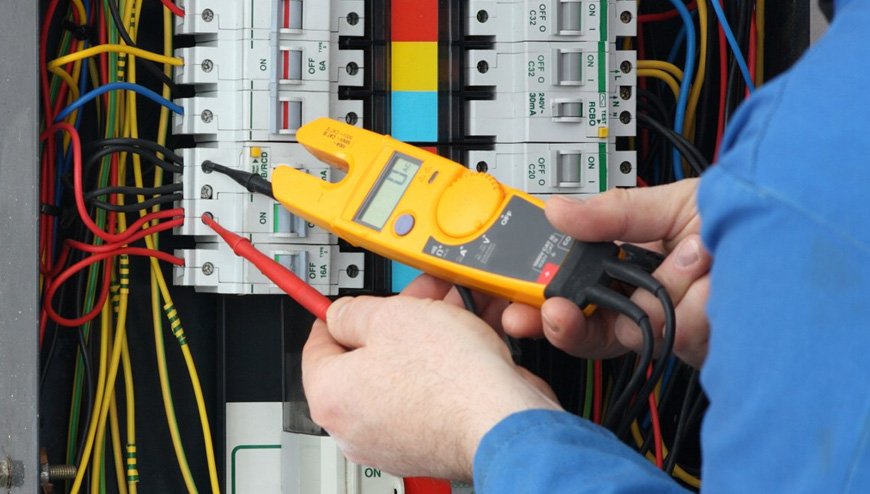Yeah, makes sense. Let me trace the wire ...The AC compressor is probably on the load control device. It looks much older than what Duke installs now. Hence the 15 min time out not wanting to turn the compressor on and off and on. Quickly. Just a guess one 60 amp may be resistive heating strips for the AUX / emergency heat. Are there natural gas or propane appliances?
What's there now is a "gaspack" - natural gas furnace with AC unit, and like I said min/max ampacity is 20/25A. But I think seller replaced it recently, so maybe heatstrips before that.The AC compressor is probably on the load control device. It looks much older than what Duke installs now. Hence the 15 min time out not wanting to turn the compressor on and off and on. Quickly. Just a guess one 60 amp may be resistive heating strips for the AUX / emergency heat. Are there natural gas or propane appliances?



